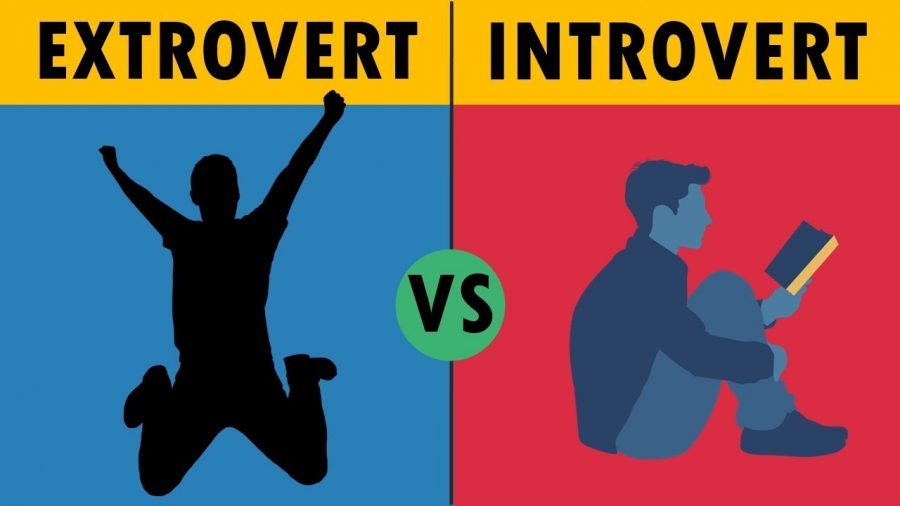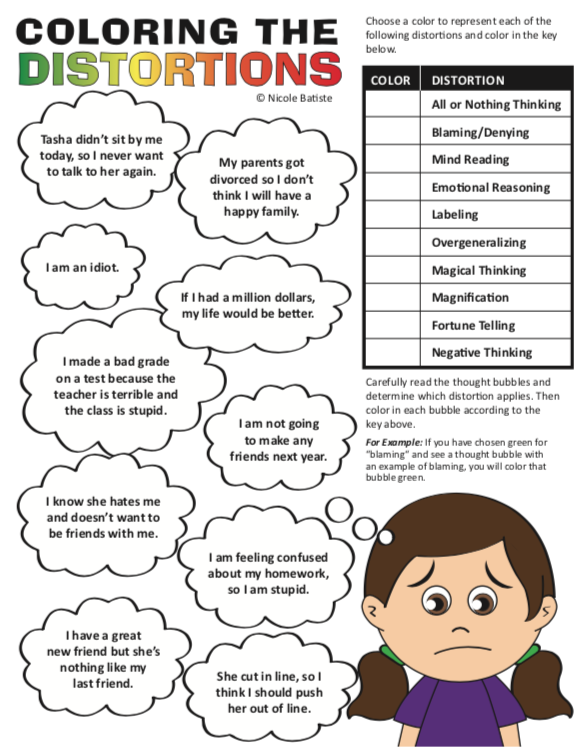Introverts and teamwork
The Introvert’s Guide to Teamwork
ven as a sole proprietor or a freelancer without a huge team to lead, teamwork can surface. You may find yourself working closely with a client, or you may need to step in and lead a project with a vendor. While the prospect of teamwork might intimidate and challenge anyone regardless of personality type, it can present a particular challenge to introverts. Understanding who you are, how you excel, and the structure or best practices to engage effectively with others can help you successfully navigate collaborative tasks and projects as a business owner. Cultivating awareness of and embracing your personality type (rather than working against it) will enhance how effective you are at working collaboratively with others.
There are pros and cons alike of being an introvert, an extrovert, or even an ambivert in social or professional situations. It’s common, though, for group settings to intimidate introverts more than other personality types.
That said, countless introverts have conquered the public sphere, such as Susan Cain, author of Quiet: The Power of Introverts in a World That Can’t Stop Talking, which is a must-read for introverts trying to overcome social or professional anxieties.
How to reach your full potential in teams as an introvert
Understand Your Personality Type
They say that knowledge is power, and this is certainly the case when thinking about how to capitalize on your personality type. You can better position yourself in your workplace by understanding and embracing your introversion. Many introverts feel intimidated by busy external factors, extroverts themselves, and engaging in social tasks involving teamwork. However, by better understanding how you can embrace your introversion, tasks like public speaking, team meetings, and team-building activities will soon become second nature.
Schedule Downtime
Understanding that you can become overwhelmed and drained after extensive social interaction and group work is key to keeping any time that you do spend collaborating productive. A renowned introverted author, Susan Cain, proclaims the importance of making space for downtime in order to function at your highest capacity both in and outside of group work.
A renowned introverted author, Susan Cain, proclaims the importance of making space for downtime in order to function at your highest capacity both in and outside of group work.
“Downtime” can include various activities depending on what works best with your schedule or work environment. Some forms of downtime or breaks from social interaction that you can do from home or at work include meditation, reading a book, going for a walk, or listening to a podcast or music. Aim for activities that both stimulate your mind and allow you to be alone. If you do so, you will be able to recharge and get the necessary breaks from consistent social interaction that introverts need.
Communicate With Your Team
Whether you work closely with your employees or manage a group of contractors, getting to know your teammates will mitigate resistance when communicating with them and relaying ideas or delegating tasks. From team meetings to brainstorming sessions, collaborative work will become less intimidating or draining if you’ve begun to develop a good rapport with your fellow team members.
Use Digital Communication
Digital communication and technology can serve as healthy mediums to manage your social interactions while still ensuring your voice is heard. You may have an easier time using email or systems like Slack. Because communicating digitally may be more comfortable, you may find more freedom expressing your ideas and overall voice better without the pressure of public speaking in a larger group settings. Although this is a beneficial tool for introverts, do not rely solely on digital communication. You still want to push yourself out of your comfort zone at times.
Take Risks
While it's never easy to step out of your comfort zone, aim to take risks and challenge your limitations. Over time, you probably will find yourself becoming more familiar and confident with leading your team or vendors, or collaborating with clients. What initially seems intimidating can become second nature if you tackle these challenges head-on. You can also start to step outside your comfort zone by simply engaging in small talk with someone who is an excellent public speaker.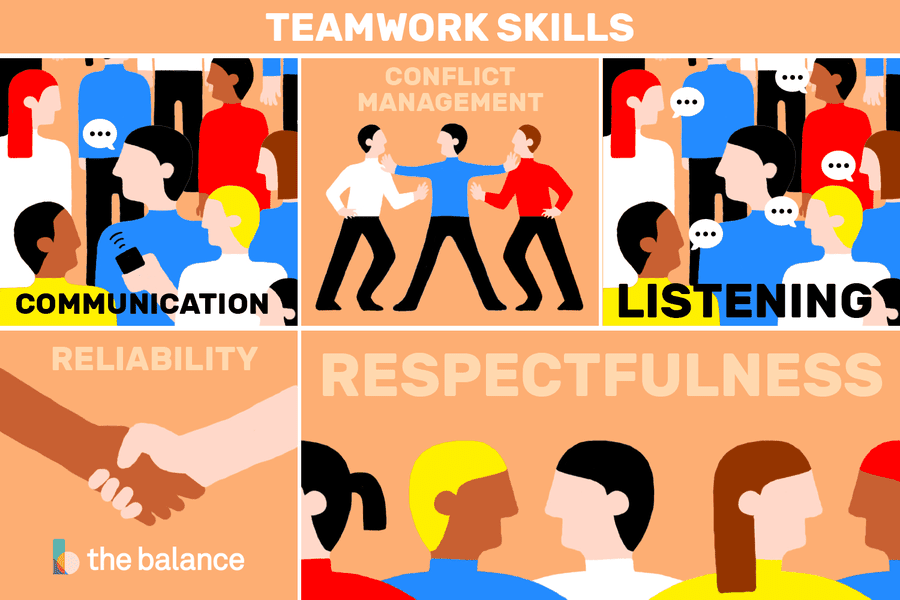 You may find yourself gaining more confidence seeing how they interact and conduct themselves in group situations. All that matters is that you start somewhere and work towards growing your skills.
You may find yourself gaining more confidence seeing how they interact and conduct themselves in group situations. All that matters is that you start somewhere and work towards growing your skills.
Embrace Your Introvertedness
There is absolutely nothing wrong with being an introvert and truly embracing whatever personality type you have, regardless of social stigmas. Becoming a master of yourself is the only way to reach your full potential, whether in a work setting or in your personal life. While it may seem frustrating that extroverts can seamlessly participate in work-related social settings without adverse side effects, remember that each personality type has its limitations and struggles. Whether you are an introvert, extrovert, or ambivert, truly accepting yourself and understanding how you excel and challenge yourself will help you reach your full potential.
The Takeaway
As an introvert, social and professional situations can be draining and intimidating. But that doesn’t mean that these occasions will always be difficult. The above six tips will help you stretch your comfort zone while giving yourself the rest you need to stay centered. If you follow these guidelines, you’ll be a master of your personality type in no time.
But that doesn’t mean that these occasions will always be difficult. The above six tips will help you stretch your comfort zone while giving yourself the rest you need to stay centered. If you follow these guidelines, you’ll be a master of your personality type in no time.
How to Improve Teamwork: The Introversion/Extroversion Variable
At the Kenyon Review Writers Workshop, every writer will give a reading at some point during the week to an auditorium full of people. It will be brand new work that you’ve just written, shaped as much as possible with the help of the participants in your workshop, people you’ve known since Saturday. In between, you’ll sleep in spartan college dorms, eat together in the cafeteria and, occasionally, when you can be inspired no more, throw back a few drinks at the local bar.
In many ways, it’s the introvert’s nightmare. It’s also what makes these conferences so fascinating. A group of writers, many of whom fall somewhere on the introverted side of the scale—ambivert at best—willingly put themselves in what is potentially the most energy-draining situation possible.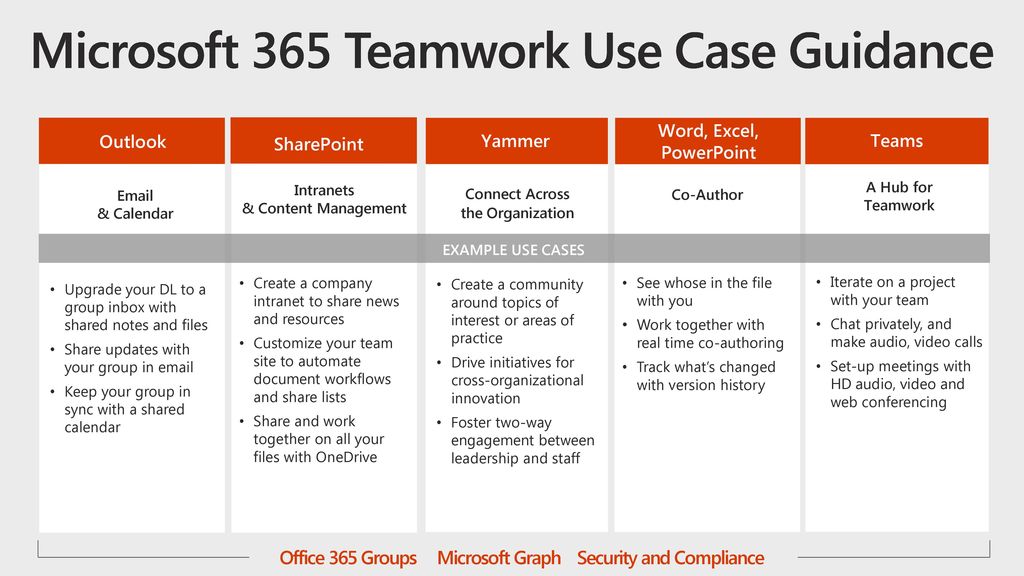 The entire scenario seems designed to work against their strengths.
The entire scenario seems designed to work against their strengths.
Creating Comfort Zones for Improved Teamwork, Productivity and Success
Except at Kenyon, where it’s designed to build new comfort zones that allow everyone to excel. Workshops are small, intimate groups. You learn at the outset that you will read and discuss your own and others’ work. Thoughtfulness in feedback is a cultural standard.
A schedule is distributed on day two listing out the names of the 20 or so writers who will read each night over the course of the week. As you scan the list and panic at the sight of your name—number 19 on the last day—your instructor informs you that the goal will be to work with each writer on the day of their reading, helping them select the piece and make final refinements, and then listening and giving feedback as they practice reading it, both in front of the class and in the auditorium itself.
By the time your number finally comes up, you’re practically jumping out of your seat to get to that microphone and deliver your reading, full of poise and confidence, to the shouts and applause of 100+ fellow writers.
As one participant said on the final evening, “Not bad for a bunch of introverts!”
The Quiet Leadership Institute estimates that half of the U.S. workforce self-identifies as introverts, and 65% of all workers believe their organization isn’t fully harnessing the talents of these introverted employees. What’s more, 96% of leaders and managers self-identify as extroverts.
Is that how we end up with so many open-plan offices and so many disengaged workers?
As we look for ways to improve teamwork, can we learn a thing or two from Kenyon’s example?
Thinking Styles and Introversion/Extroversion
From a thinking preference standpoint, we know that the more aligned someone is with the mental requirements of the work and with the tools and processes for getting that work done, the more satisfying and fulfilling the work will be—and so they’re more likely to be highly motivated and engaged to contribute their all. You could make similar correlations with introversion and extroversion.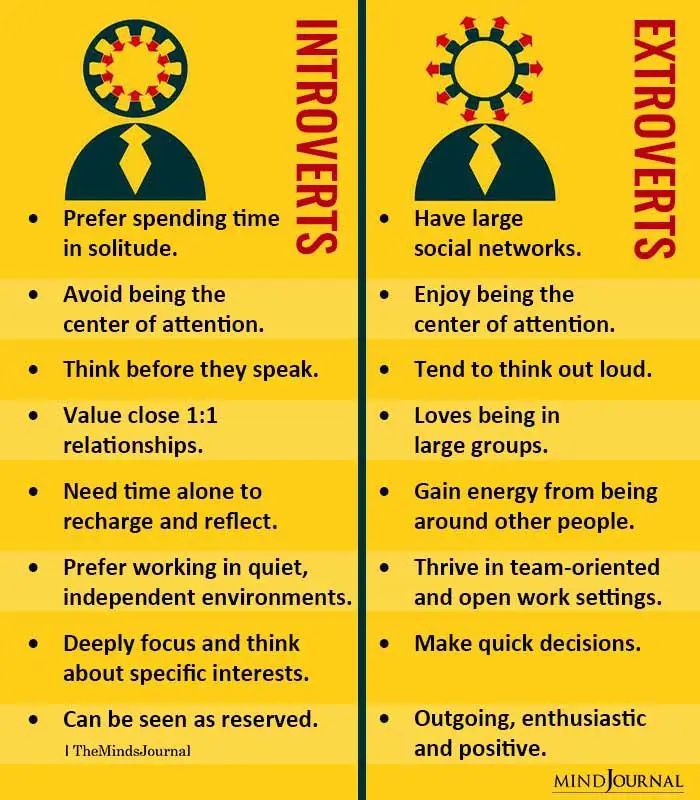
We ask people to place themselves along the introversion/extroversion continuum when they complete the HBDI® assessment. The data shows that, in very general terms, introverts tend to be more left mode oriented (A-analytical and B-detailed), and extroverts tend to be more right mode oriented (C-expressive and D-conceptual). But each quadrant may have its own continuum of introvert to extrovert, and thus its own interpretation and impact. After all, just look at all those introverted writers (typically a C-quadrant activity).
Here are some of the ways the introversion/extroversion characteristics may show up across the different thinking styles:
A Quadrant
Introvert: Quiet, serious, very focused
Extrovert: Debater, often funny, driven
B Quadrant
Introvert: Controlled, always “doing,” often keeps to self
Extrovert: Dominant, organizer of events and people
C Quadrant
Introvert: Expressive through writing or non-verbals, caring in a quiet way
Extrovert: Talkative, interested in bringing people together, sharing
D Quadrant
Introvert: “Off in own world,” does own thing, independent
Extrovert: Constant flow of ideas, loves to experiment with others, have fun
Both introverts and extroverts—as well as all four thinking styles—are equally intelligent and add important value; they simply prefer to go about their work in different ways. For example, whereas an extrovert may perform better under time and social pressure, an introvert typically performs better when focused and alone, without time constraints.
For example, whereas an extrovert may perform better under time and social pressure, an introvert typically performs better when focused and alone, without time constraints.
When it comes to creating the workplace conditions for everyone to succeed, these differences matter. One introvert writes longingly about a friend who has her own office that affords her the quiet and privacy to focus.
At Kenyon, things like small groups, scheduled downtime, “advance warning” about participatory activities and lots of preparation helped create an environment that introverts could be comfortable in and thrive. At the same time, the spirit of collaboration, time-driven assignments and opportunities for socializing offered plenty of appeal to extroverts. It doesn’t have to be an either/or situation.
And that’s a good thing because it’s highly unlikely you’re dealing with a homogenous workforce. Diversity of thought and introversion/extroversion are the norm in nearly every group. If you’re leading a team, the failsafe strategy is to plan for that diversity.
Tips for Leading Teams with Introverts and Extroverts
Several years ago, HBDI® Practitioner Roy Maurer, Partner at The Clarion Group, delivered a webinar for practitioners on the work his organization is doing to incorporate introversion and extroversion characteristics as another layer of insight with the HBDI®. Here are some tips he shared for improving teamwork when leading introverts and extroverts.
- Recognize and acknowledge the strengths of each.
- Provide introverts with a clear, purposeful role in and out of meetings to help enable participation.
- Schedule time for each participant to speak to help balance contributions. Recognize that introverts may prefer to speak last and have more time to prepare.
- Group decision-making and brainstorming may play to the strengths of extroverts, while time for individual thinking/writing/speaking will benefit introverts.
- Virtual, online, open-sourced collaboration may draw out and play to strengths of introverts.
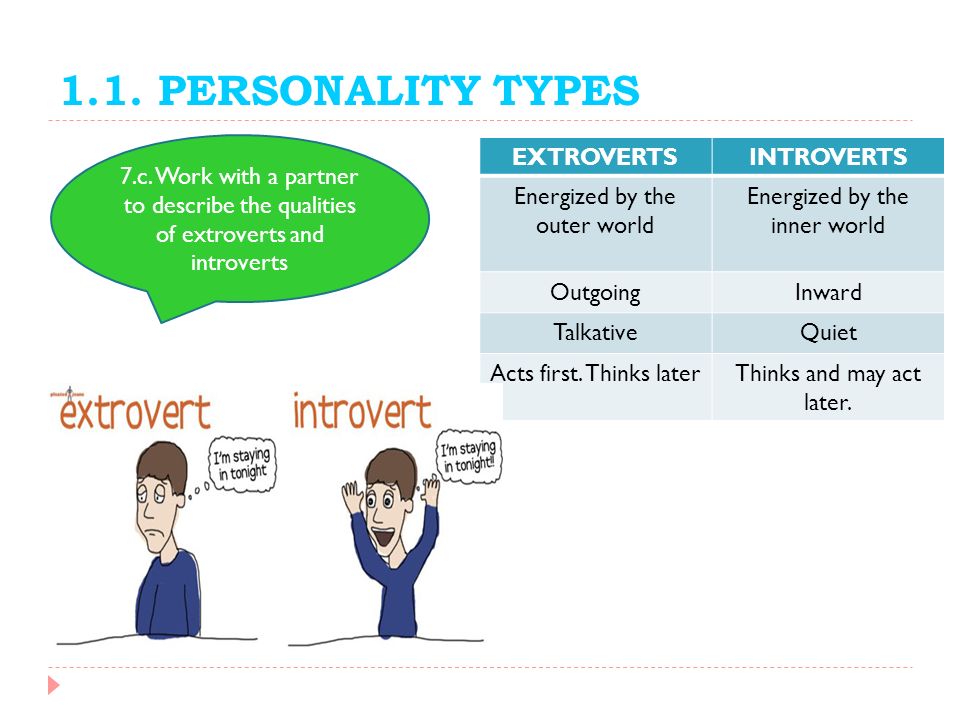
- Design and balance the team’s work—individual as well as group and inside as well as outside of meetings.
- Assign work to introversion and extroversion strengths based on objectives and needs (e.g., thoroughness of task, speed).
Improving teamwork starts with creating the conditions for everyone on the team to succeed. What are you doing to engage the entire team?
The four-color, four-quadrant graphic, HBDI® and Whole Brain® are trademarks of Herrmann Global, LLC.
How to work if you are an introvert and your colleagues are extroverts
Stories
Stories
Elena Likhanova
Senior editor at RB. RU
RU
Elena Likhanova
Being an introvert is especially difficult in working realities. Shyness makes you want to avoid the spotlight, and speaking at meetings, networking, and presenting your team's success becomes a daunting task.
It is even more difficult when an introvert is surrounded by extroverts: they enjoy the attention and the opportunity to speak out. It may seem to him that he is not noticed, and he has less chance of promotion than his colleagues. We tell you how to avoid this situation.
Elena Likhanova
Draw attention to yourself
When managers select people for a project, they often start with the first people that come to mind. How to make sure that your name is among them?
It's good to be remembered for the quality of our work. But this is not always the case. The boss needs to develop strong associations between the employee as a person, his ideas and the quality of his work.
But this is not always the case. The boss needs to develop strong associations between the employee as a person, his ideas and the quality of his work.
Extroverts have an advantage here: they like to speak at meetings (which makes them seem more involved) and tend to mention successful projects (which reinforces the association with quality work).
It is much more difficult for an introvert to start a conversation and establish a good relationship with the boss. This may involve finding ways to socialize before or after the meeting, arrange meetings to discuss ongoing projects, and ask for help with difficult tasks. The main thing is to find comfortable ways to interact with the leader in order to make up for the lack of interaction at large events.
Prepare for meetings
Just because meetings are uncomfortable doesn't mean you should skip them. Since you are surrounded by extroverts, the meeting will simply go without you, and you will deprive your colleagues of your experience and feedback.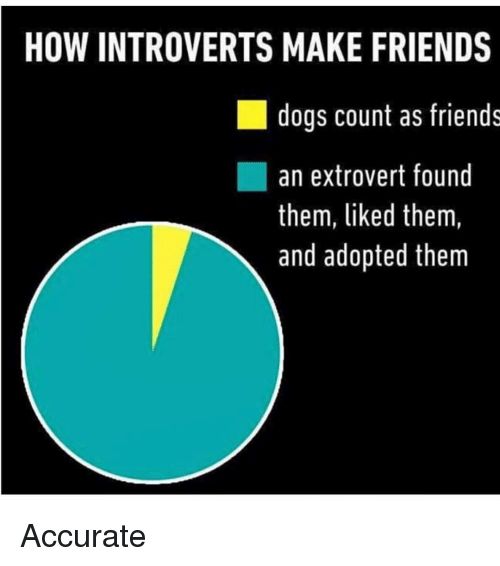
Learn to express your opinion freely, even if it contradicts the generally accepted. This requires preparation. Think about what you are going to say and prepare notes. If you know the program of the event in advance, write down your thoughts on each item.
When you already know what to say, don't delay the next step. Raise your hand or ask to be included in the agenda of the meeting. The more you dislike public speaking, the more likely you are to have doubts and eventually turn down the chance to speak up.
Speak confidently, without hesitation or apologies while speaking (“I think…”, “I don't want to interrupt, but…”). It may be easier this way, but they will reduce the impact on the listeners.
The good news is that the more you talk in meetings, the easier it will be next time.
Draw attention to your team
As soon as you have subordinates, you begin to be responsible for them and their career progression. Even if you are uncomfortable with attention to yourself, you will have to draw it to other team members.
This is your chance to get noticed: the focus will shift to others, while as a leader, you will receive recognition for the success of the entire team. By talking about the strengths of subordinates, you put yourself in a favorable light. Therefore, a profitable presentation of group work will help you.
Source.
Cover photo: Pexels
- Career
- Management
- Team
Found a typo? Select the text and press Ctrl + Enter
Related materials
- 1 Assess the competencies and skills of employees “from all sides”: the 360 method
- 2 7 stages of project risk management
- 3 There are three types of CFOs - which one is right for your company?
- 4 HSE Webinar to Tell Businesses How to Solve Process Management Problems
- 5 Professional profiling of an IT team: what is it and what result can a company bring?
POSSIBILITIES
February 19, 2023
Construction & Design Tech
February 20, 2023
Manual testing and advanced Python courses from VK
February 24, 2023
MENA accelerator
All possibilities
News
They want to realize the business contribution to the budget through additional taxation
Analytics
ChatGPT neural network: a new free chatbot with artificial intelligence
News
Wildberries will prohibit sellers from specifying an arbitrary initial cost of goods
News
There was a technical failure in the YuMoney and YuKass services
Speakers
Three "red flags" that an employee wants to leave - how to recognize it in time and keep him
How to lead a team if you are an introvert
June 1, 2021 Work and study
Leadership is not only for the sociable.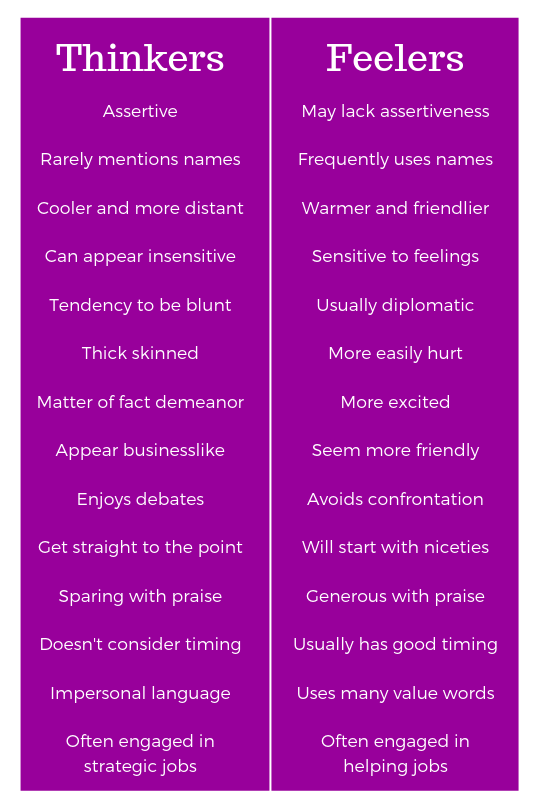
According to one small study, people are more likely to hire and promote extroverts. They are more active, get in touch more easily, offer ideas more often and therefore come across as more involved and professional employees.
According to the Harvard Business Review, there are more extroverts than introverts in senior positions, with the latter decreasing as the position rises.
At the same time, introversion is not an obstacle to becoming a good leader. Bill Gates once said in an interview that introverts do well and have many strengths that extroverts lack.
His opinion is confirmed by research: introverts are better than extroverts in managing teams where there are many proactive employees, because they are more inclined to listen to their subordinates and give them freedom to implement ideas, including innovative ones.
However, if the employees themselves are quite passive and do not show initiative, it will be difficult for introverts. Inspiring, igniting, suggesting ideas is not their forte.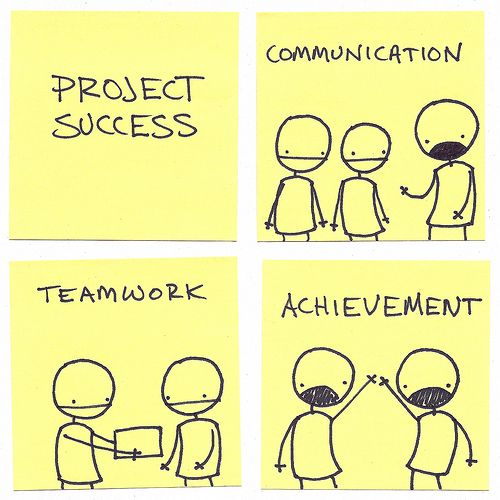 Therefore, in order to successfully lead even a small team, it is important for an introvert leader to build on their strengths and know how to compensate for their weaknesses.
Therefore, in order to successfully lead even a small team, it is important for an introvert leader to build on their strengths and know how to compensate for their weaknesses.
Here are some tips from HR experts to help you get there.
1. Tell the team about your management style
A leader who spends a lot of time in the office, is not too willing to contact employees, avoids noisy meetings and loud speeches, and at first may cause bewilderment among subordinates.
It is therefore important to dot the i's as early as possible and explain to people that this leadership style may be different from what they are used to. However, this does not mean that the workflow will suffer.
Explain that you need more time for thoughtful analytical work, explain how often and in what format communication will take place, how you intend to track results, listen and give feedback.
This way employees will immediately see that you are not indifferent to the work and you are not indifferent to their opinion.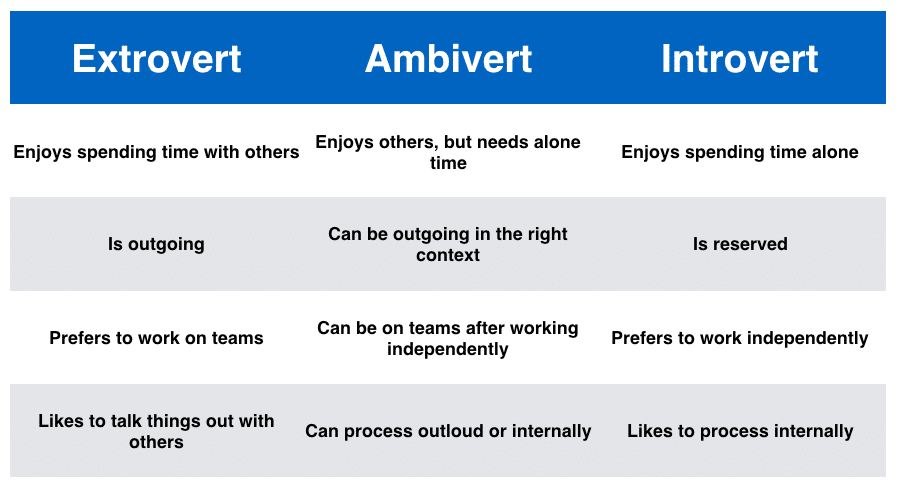 This will make the relationship in the team more trusting.
This will make the relationship in the team more trusting.
2. Listen and be attentive
The ability to listen and hear is one of the strengths of introverts. So use it to its fullest.
A small experiment involving 163 college students showed that introverts, unlike extroverts, are more willing to listen to the opinions of their team, take into account the ideas expressed - and as a result, they are the winners.
So let your employees speak and be open to their thoughts and suggestions.
3. Optimize personal communication
Communication is a major stumbling block for introverts, especially when it comes to large gatherings. Introverts find it difficult to speak in front of a large audience, hold the attention of listeners, publicly argue and express ideas.
Therefore, you can change the format and have more one-on-one meetings or meet in small groups of three or four people. It is possible that this will be even more effective than large meetings, in which half of the participants usually remain silent and go about their business.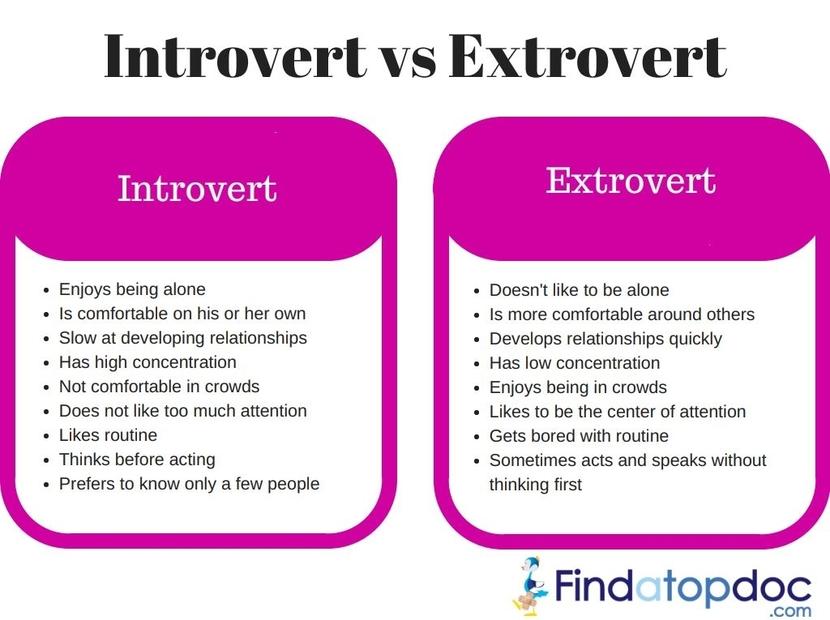
In addition, a personal approach to employees will make them more loyal to both the manager and the company. At the beginning of the 2000s, the American canned soup manufacturer Campbell's was in a crisis and to cope with it, they hired the introvert Douglas Conant as CEO. He managed to pull the company out of the hole, increase sales, increase the involvement and motivation of employees.
Attention to every member of the team is one of the ways in which Douglas Conant has achieved brilliant results. During his work, he personally wrote more than 30 thousand letters of gratitude for the good work. People responded to him in return: when the head was in the hospital, dozens of postcards with warm wishes began to come from all branches of the company.
4. Use different communication formats
Many tasks do not require personal contact in principle. Group chats are suitable for reports and questions; to track work on projects - tables and kanban boards; to inform about important events - mailing lists.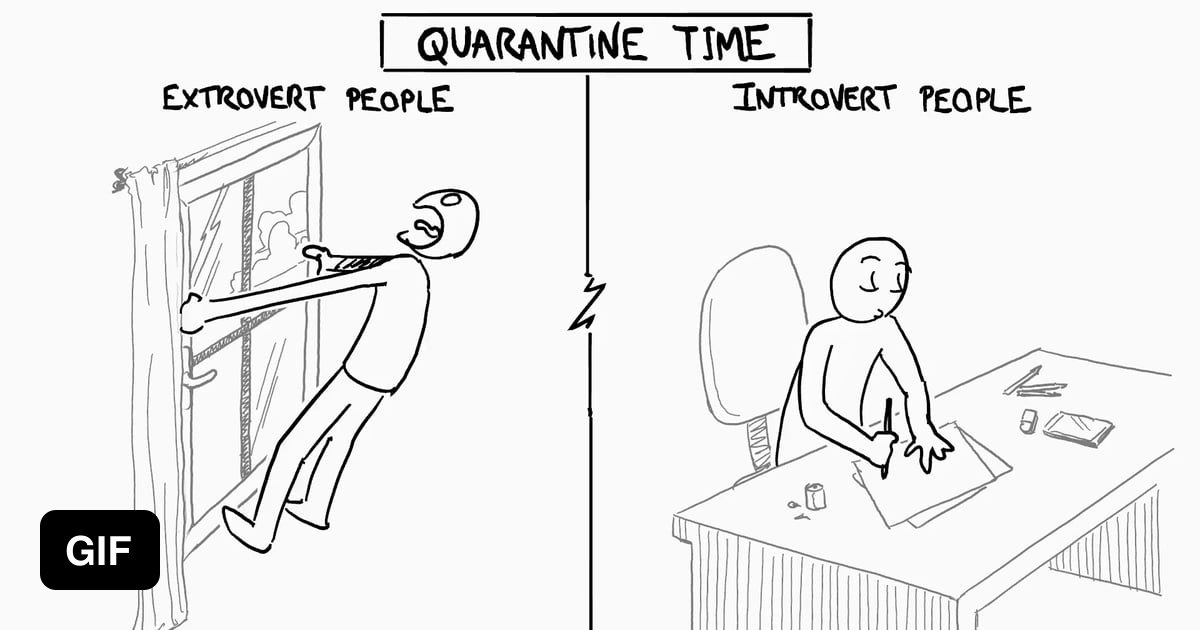
Find the right fit 💡
- 15 handy tools for remote teamwork
5. Hire proactive employees
It will be easiest for an introverted leader to work with enterprising and independent people due to his characteristics. It was this approach that Bill Gates recommended for introverts - to choose employees who are good at what leaders of this type themselves are not strong in.
Israeli business consultant Yitzhak Adizes put forward the same idea when he formulated his system of hiring employees, which is called the Adizes code. The point is that one manager cannot combine all the qualities necessary for an ideal leader, that is, to be a manufacturer, administrator, integrator and entrepreneur. And therefore, in order to work effectively, he must surround himself with people who will complement him well.
By the way, a personnel review helped to pull Campbell's out of the crisis: Douglas Conant replaced about 300 managers, and these decisions turned out to be successful.